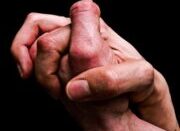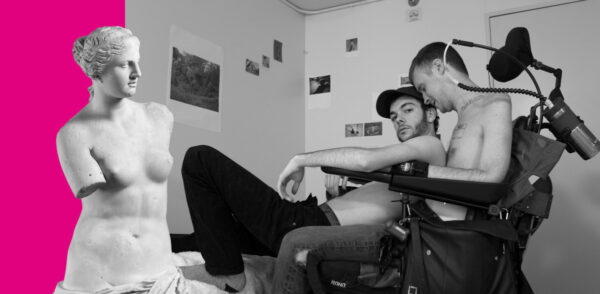
The new Exhibit in Berlin’s queer Schwule Museum is the first international exhibition exploring the multiple historical, cultural, and political intersections of queerness and disability.
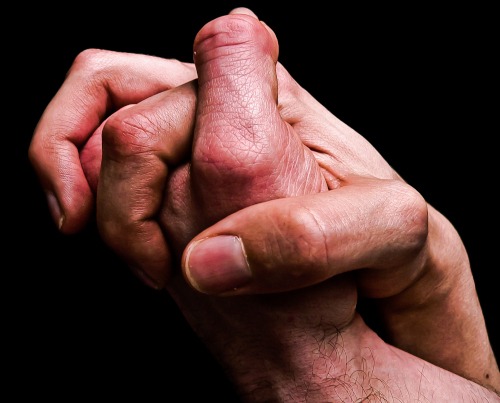 It shows works by over 20 international contemporary artists who deal with the historical themes and objects of the exhibition. Also on view is a selection from the Prinzhorn Collection with works by artists who were psychiatric. The great icons of queer/disabled art will also be presented: the disabled transgender multidisciplinary visual artist Lorenza Böttner, the choreographer/journalist Raimund Hoghe and the radical feminist, professor, and civil rights activist. Audre Lorde.
It shows works by over 20 international contemporary artists who deal with the historical themes and objects of the exhibition. Also on view is a selection from the Prinzhorn Collection with works by artists who were psychiatric. The great icons of queer/disabled art will also be presented: the disabled transgender multidisciplinary visual artist Lorenza Böttner, the choreographer/journalist Raimund Hoghe and the radical feminist, professor, and civil rights activist. Audre Lorde.
Disability Studies researcher Carrie Sandahl, who invented the exhibition’s title, writes: “Sexual minorities and people with disabilities share a history of injustice: both have been pathologized by medicine, demonized by religion, in housing, in the labor market, and in discriminated against in education, stereotyped in representation, victimized by hate groups and socially isolated, often in their families of origin.” Disabled and queer stories are similar, if not always parallel. Queers and the disabled sometimes resign themselves to the fantasy of the “ideal body.” Queer/disabled artists mostly oppose it. The exhibition is largely curated by queer/disabled people; most of the contemporary artists on display describe themselves as disabled and queer. Sandahl emphasizes, “Those who claim both identities are perhaps best placed to shed light on their connections and where queer and crip intersect, diverge and converge.”
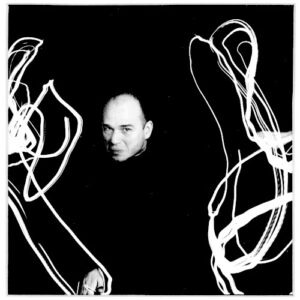 |
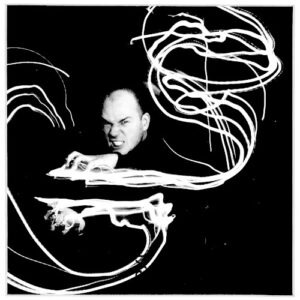 |
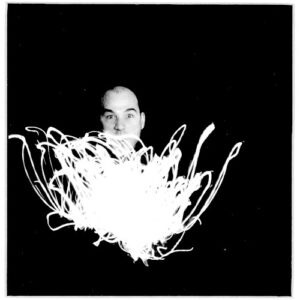 |
The exhibition takes place in cooperation with the Sophiensæle, which is bringing works by international queer/disabled artists together on stage for the first time in Germany at the performance festival of the same name from September 9th to 17th .
.
Queering the Crip, Cripping the Queer AN EXHIBITION ON THE HISTORY, CULTURE AND ACTIVISM OF QUEERNESS & DISABILITY SEPTEMBER 2, 2022 — JANUARY 30, 2023 Schwules Museum

